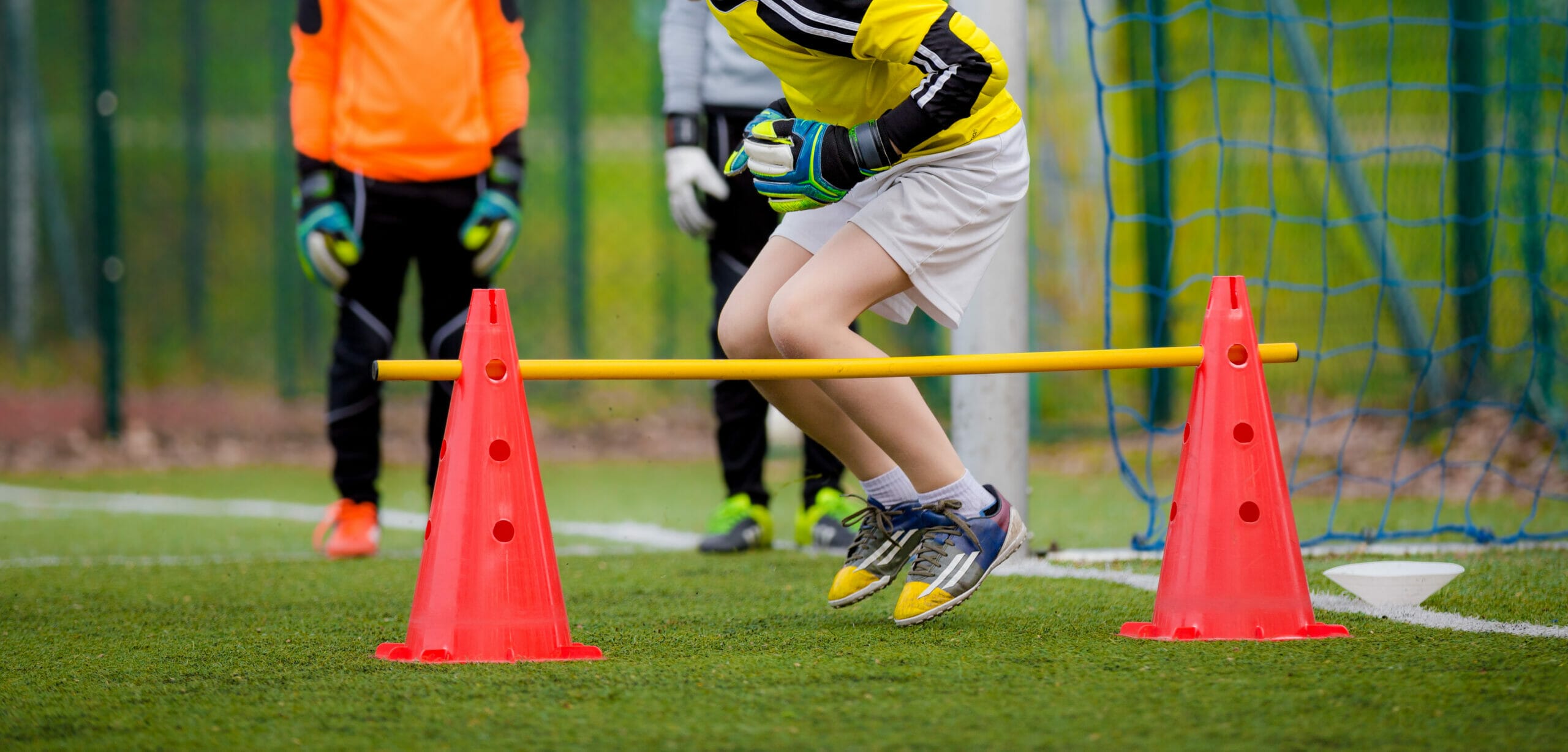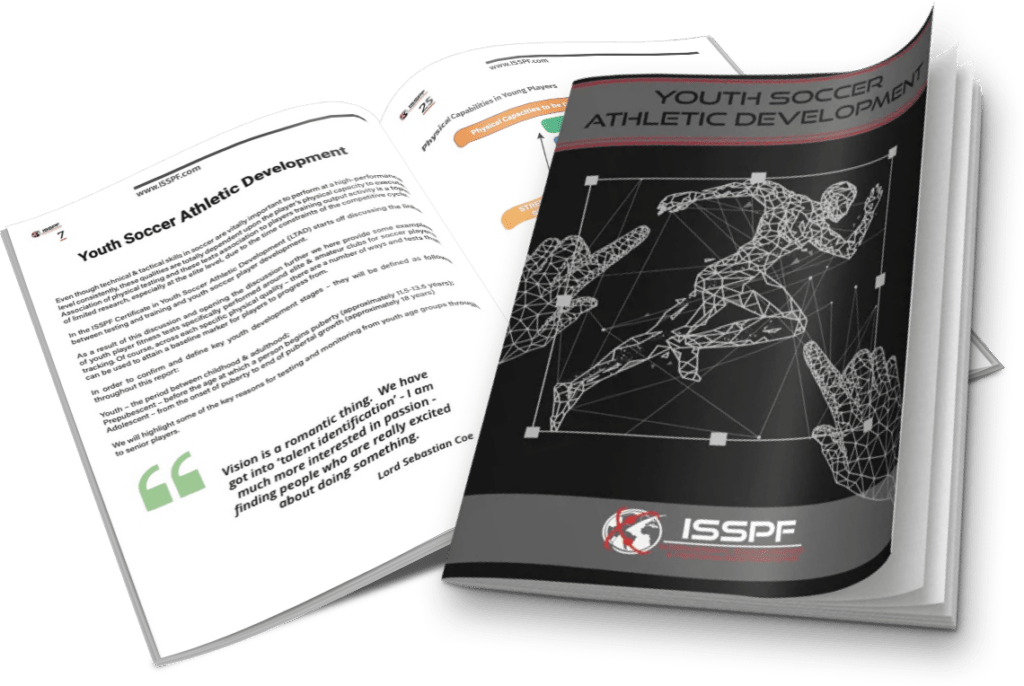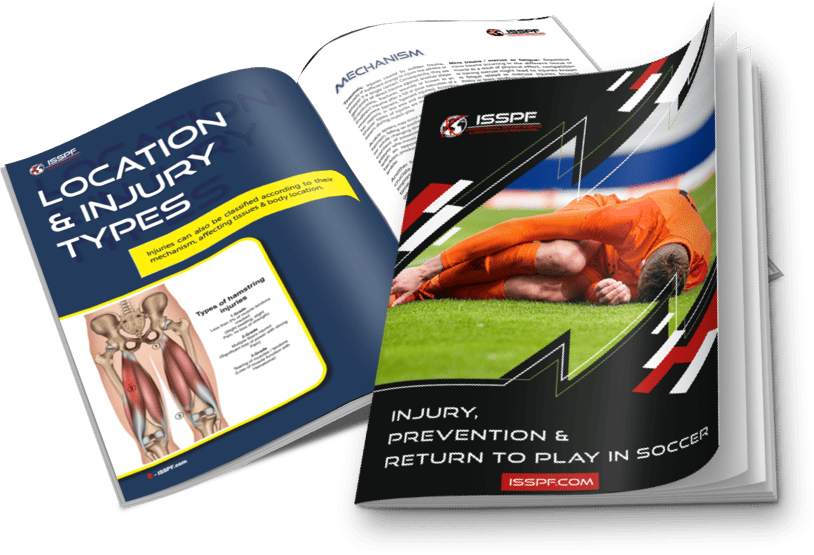The purpose of this investigation was to quantify the association between 5 vs. 5 small-sided games (SSG) running performance and physiological performance during the Yo-YoIR1 test.
It was designed in order to ascertain the utility of SSGs as a potential fitness test modality within elite professional soccer players.
Twenty-three (n = 23) elite male professional soccer players (mean ± SD age 25.3 ± 3.1 yrs, mass: 76 ± 9 kg, height: 176 ± 9 cm) were assessed.
Players completed an intermittent aerobic fitness test (Yo-YoIR1) and a 5 vs. 5 SSGs protocol for the purpose of the study.
During all SSGs players wore GPS (Statsports 10-Hz, Viper Pod, Newry, Northern Ireland) and HR monitors (Polar, Oy Kemple, Finland) with these measures related to Yo-YoIR1 running performance.
Practical Application
Results revealed SSGs running performance (TD; m) and physiological performance (HR) showed the lowest CV% (< 5%), with high speed movements, accelerations and decelerations highlighting higher CV% during SSGs.
Possibly small to possibly very large associations were observed for running performance during 5 vs. 5 SSGs and Yo-YoIR1 performance, with negative associations observed between physiological performance during SSG and YoYoIR1 running performance.
To conclude, the current study observed how running performance during a standardised 5 vs. 5 SSG protocol within elite soccer cohorts is associated with the Yo-YoIR1 running performance. Given the low CV%, repeatability and large association of global running performance and internal load measures during a 5 vs. 5 SSG with Yo-YoIR1 performance, this particular soccer specific SSG protocol potentially supplements traditional non-sport specific testing assessments.
Practical Application
- Soccer teams across the world can now use small-sided training games as part of a fitness monitoring & testing protocol with their playing squad.
- Gives an insight into comparing physical training data from a training game vs. many different teams wanting to use this assessment protocol.
- Coaches can use a training game confidently to see where their players are physically and supplement their fitness testing protocols.
Share this article:








